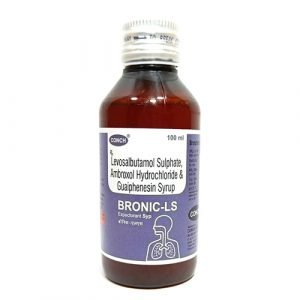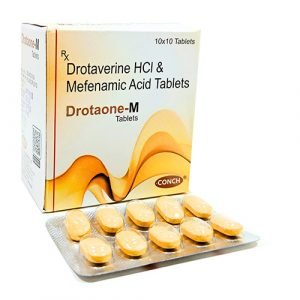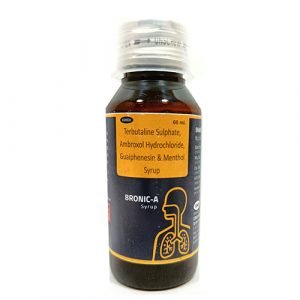Mefenamic Acid and Paracetamol Tablets consist of two medications: Mefenamic Acid and Paracetamol. It inhibits the action of the cyclooxygenase (COX) enzyme, which is responsible for producing other chemical prostaglandins. By inhibiting COX enzymes, the production of prostaglandins is reduced. This mechanism helps alleviate mild to moderate pain and inflammation at the site of injury or damage.
How Does It Work?
Mefenamic Acid and Paracetamol are utilized for addressing pain, inflammation, migraines, menstrual cramps, heavy menstrual bleeding, muscle aches, toothaches, joint pain, postoperative pain, earaches, fever, flu, osteoarthritis, and rheumatoid arthritis. Pain is a symptom that arises from the nervous system, resulting in uncomfortable sensations throughout the body.
Directions for Use and Potential Side Effects
You should take Mefenamic Acid and Paracetamol for the duration your doctor has recommended, based on your medical situation. In some instances, Mefenamic Acid and Paracetamol may lead to common side effects, such as nausea, vomiting, indigestion, heartburn, and diarrhea. Most of these side effects typically do not require medical intervention and will gradually improve over time. However, you should consult your doctor if these side effects persist.
Precautions to Consider
Consult your physician if you are pregnant or nursing. Mefenamic Acid and Paracetamol may induce dizziness, so only drive if you feel alert. It is advisable to avoid alcohol while taking Mefenamic Acid and Paracetamol, as it may exacerbate dizziness and increase the likelihood of stomach bleeding. Keep your doctor updated about your health status and medications to prevent any side effects or interactions.
Note: The above content contains only informational text and does not guarantee anything. Therefore, must inform your doctor before taking Mefenamic Acid And Paracetamol Tablets







